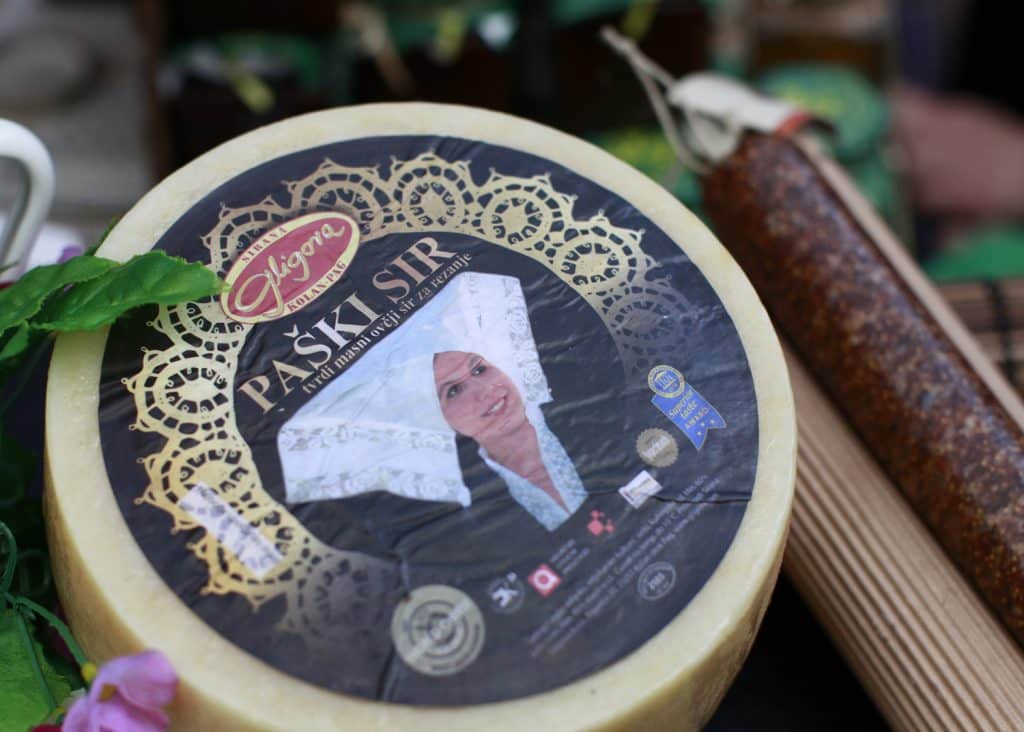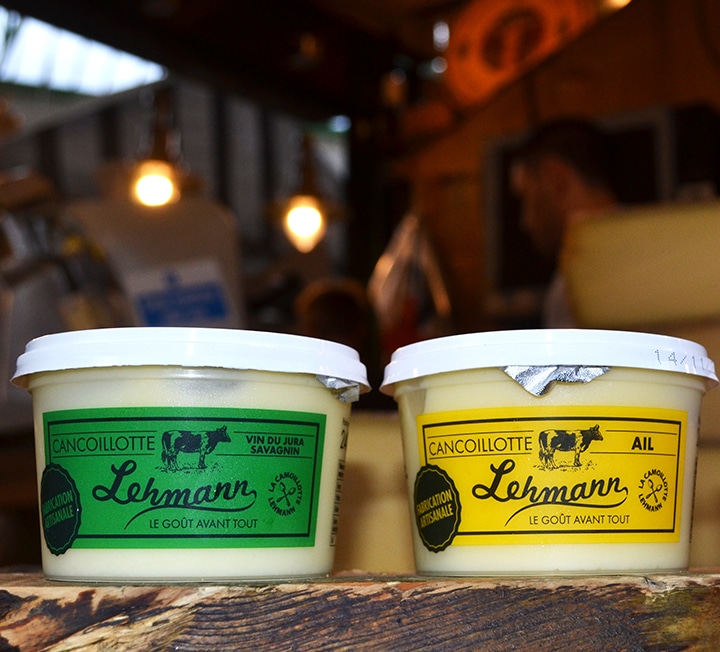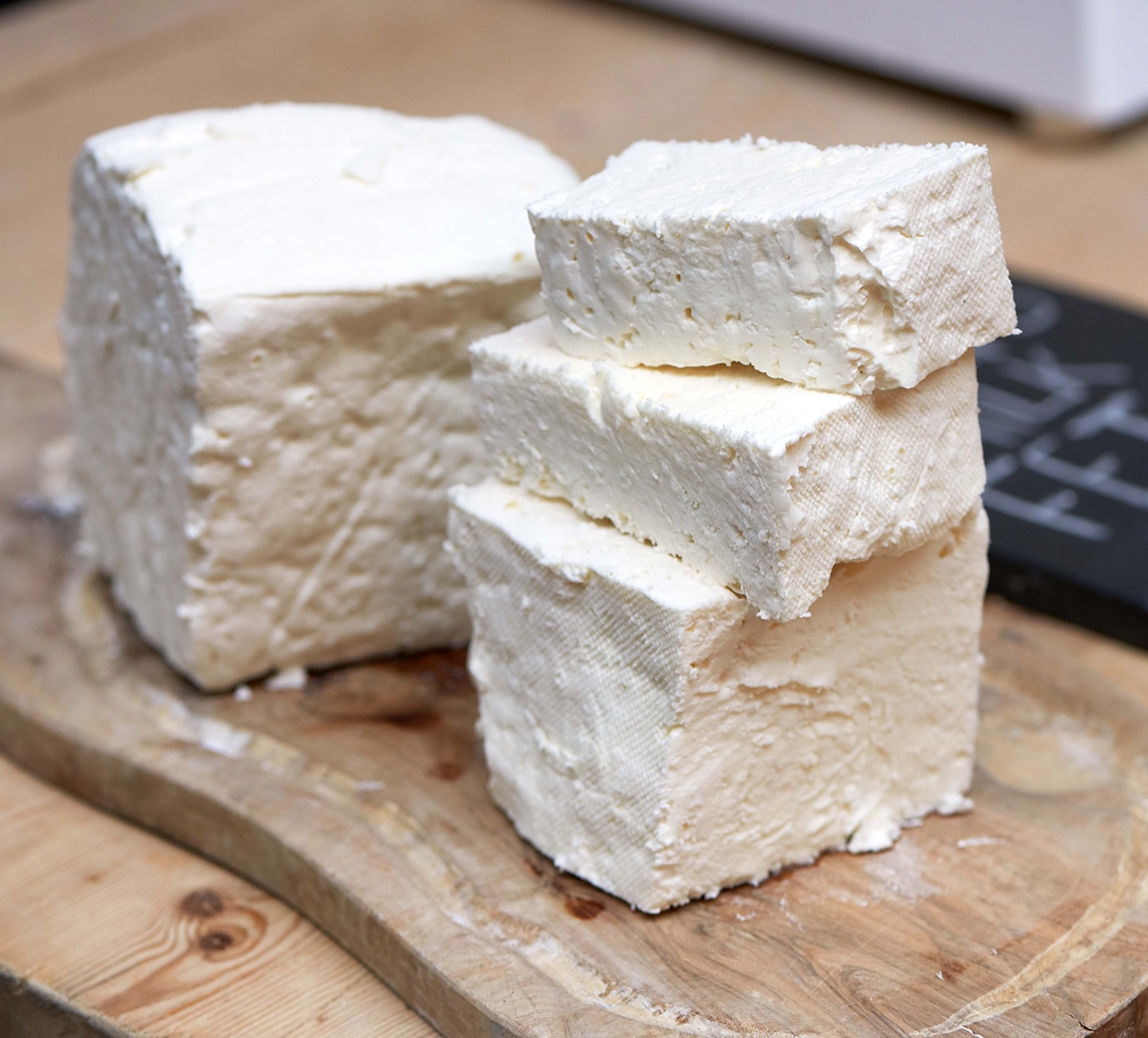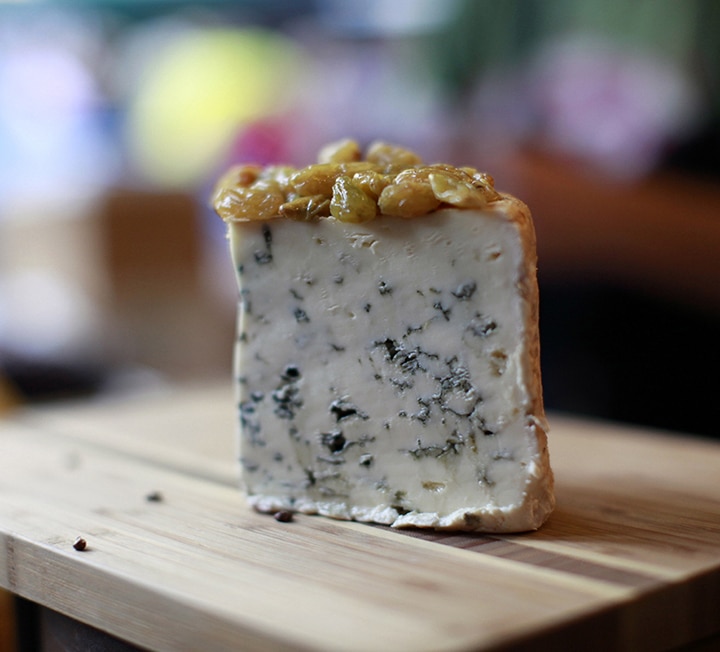Blessed are the cheesemakers: Paski sir
Clare Finney tells the story behind a unique sheep’s cheese from Taste Croatia


“IT’S PRETTY SALTY BUT ALSO PECULIARLY AROMATIC, THANKS TO THE PASTURES OF PAG UPON WHICH THE SHEEP FREELY ROAM”
“The bora, the sheep, the man, and the island of Pag.” That, writes Šime Gligora is the recipe for Paški sir, a cheese from the Island of Pag. A cheesemaker of world renown, Šime is the third generation to run the eponymous Gligora dairy on this weather-beaten island, where a sunny Mediterranean climate meets the harsh, cold conditions of the snow-covered mountains above the Adriatic Sea.
Their clash sparks a strong wind – the bora – which, rolling down the southern mountain slopes to meet the sea, creates a thick, dense fog of salt water drops that spreads over the island. As it dries, Pag is coated with a white dusting of salt in which only the sturdiest of herbs can flourish: sage, immortelle, cistus, fennel and Jerusalem thorn, upon which the island’s native sheep graze freely.
There aren’t many livestock capable of braving the combination of this dry and salty diet and the bitter bora, but according to Šime, the Pag sheep have been coping since at least 800BCE, when the Liburni, an Illyrian tribe, were (likely) some of the first farmers here.
Then, as now, milk and wool were vital parts of Pag’s economy. Together with salt and honey infused with the sage that grows in abundance on the salty soil, one of the most important exports throughout the island’s history has been its cheese. In 2005, conscious of the uniqueness of the Paški sir cheese and its value to the island, a number of Pag’s most established dairies formed The Association of Pag Cheese Producers, in an attempt assure the authenticity of the product.
Milk has to be from autochthonous Pag sheep milked from January to June by the island’s shepherds, who bring the milk to gathering points for it to be stored and cooled. From there, it’s to the dairy, where it’s pasteurised, coagulated and cut, allowing the mass of cheese curds to form. These are put into moulds and pressed for several hours. The cheese is then salted and left in liquid brine for a few days.
Needless to say, it’s pretty salty – but also peculiarly aromatic, thanks to the pungency of the doughty plants that pepper the pastures upon which the sheep must, according to the association’s rules, roam freely. The cheeses are ripened on special shelves in a mild, humid environment for anything from 60 days to two years, though at Taste Croatia most are six months old. During that time, the cheese producers turn, wash and oil the ripening cheeses every day.
The result is a cheese that looks a little like parmesan. Hard, candle-yellow and granular, on first bite even the taste seems indistinguishable. Then something new and unexpected kicks in. It’s a flavour that’s sturdy, vegetal and savoury; there’s salt, sure – but there’s a definite sense of sheep blowing in with it, adding an extra layer of complexity.
“We serve it to customers with fig chutney, which works very well, even though chutney is more of an English thing than Croatian,” explains Taste Croatia founder Chris Stewart. “There they serve it with charcuterie on boards, drizzled with nice Croatian olive oil.” It also pairs well with wine, he continues – another product for which this veritable pantry of a country deserves more acclaim.
In conclusion, it’s versatile. Though noticeably different to parmesan, there’s nothing to stop you grating Paški sir on your pasta or serving it ‘a l’Italia’ with a drizzle of syrupy vinegar – though naturally, we recommend you try Croatia’s fig vinegar over balsamic. “It’s won a gold medal two years in a row at the World Cheese Awards, so it’s pretty good,” says Chris, but the only proof you really need is in the sample he’ll give you, slathered with sweet, figgy chutney. “We like to get the customers a bit messy,” he grins.


